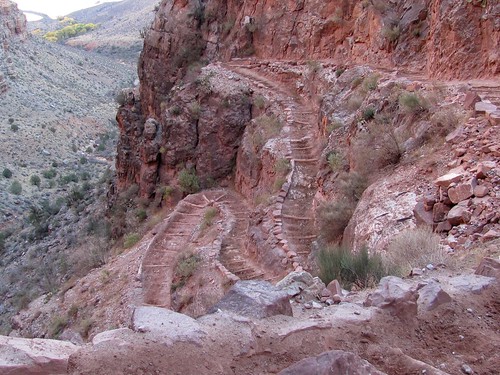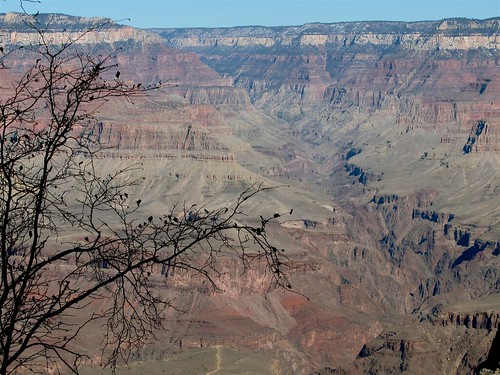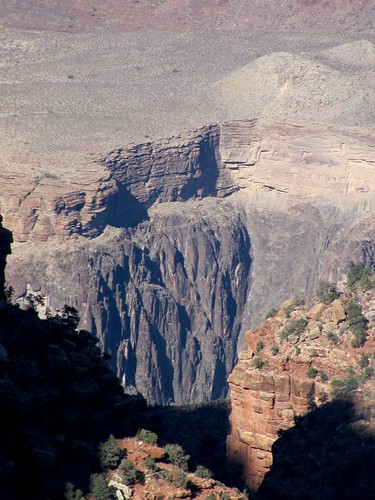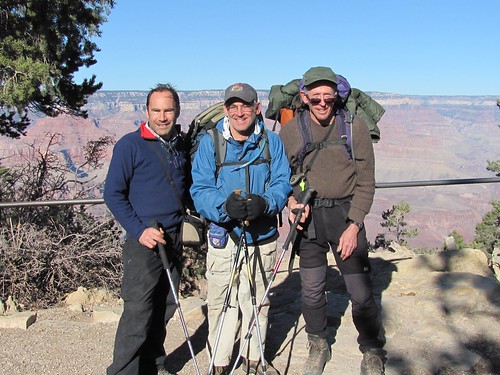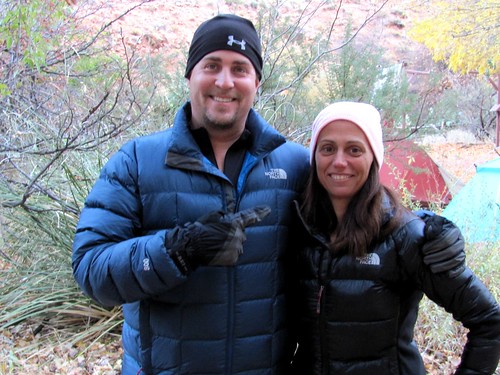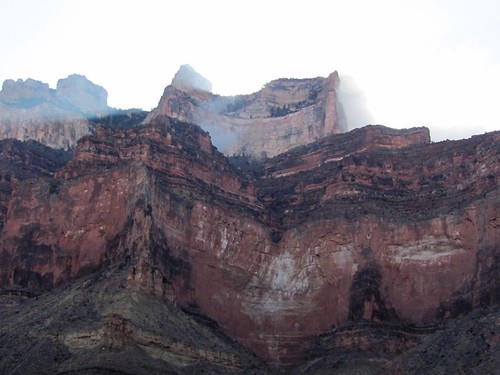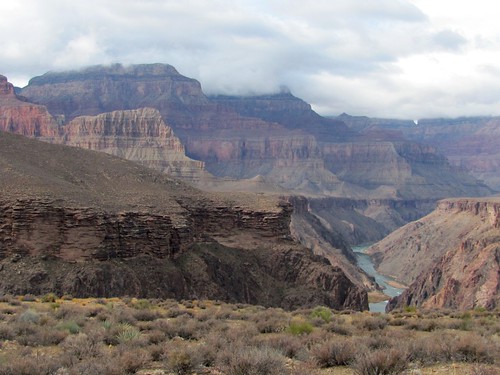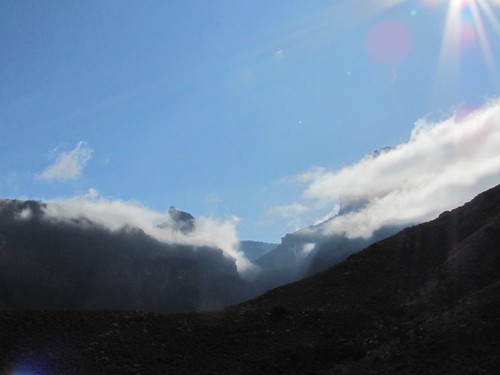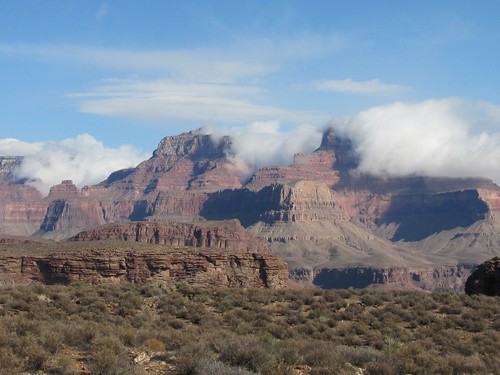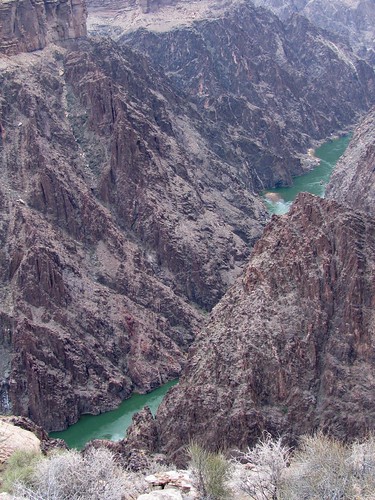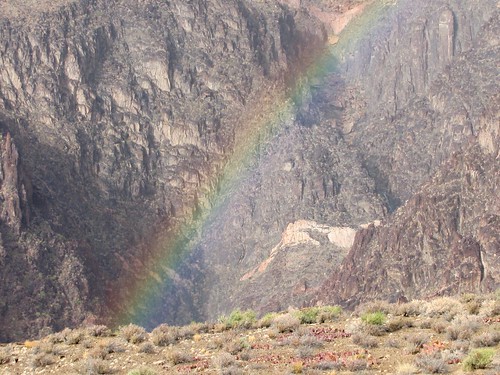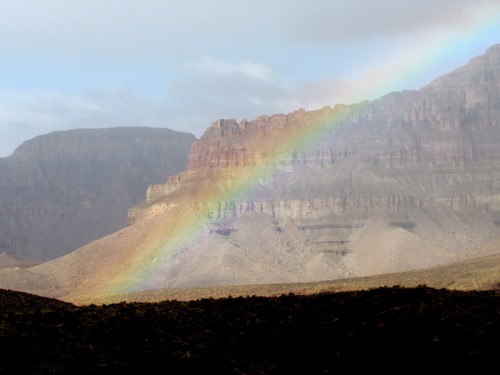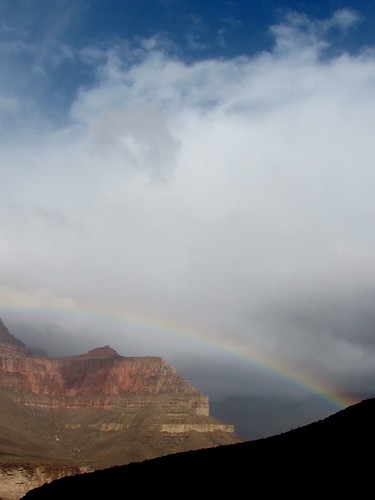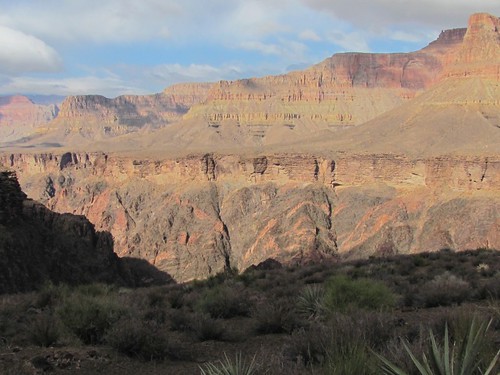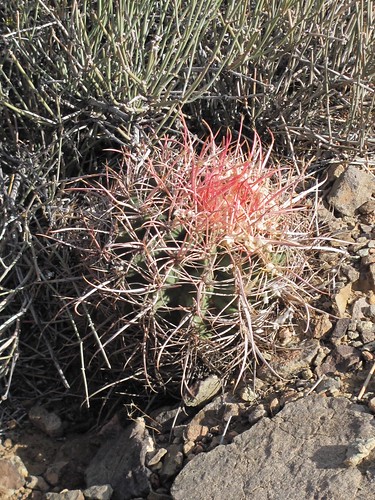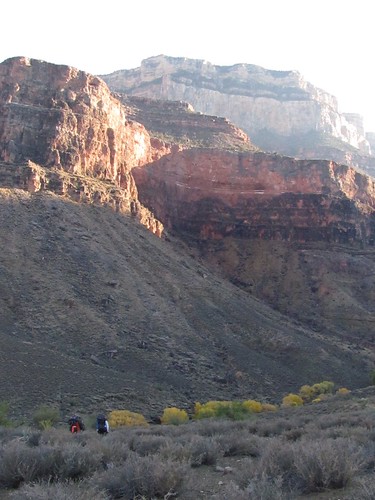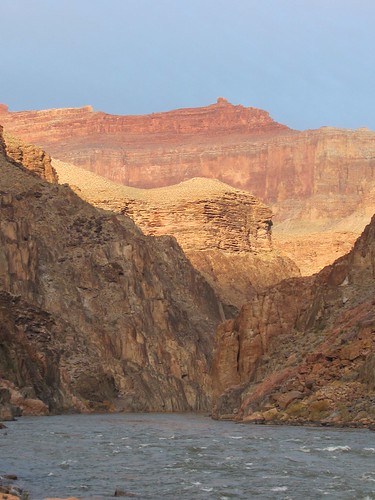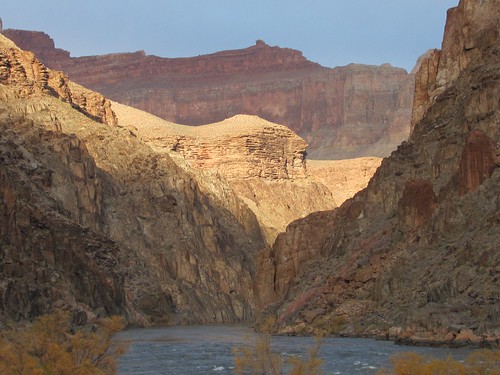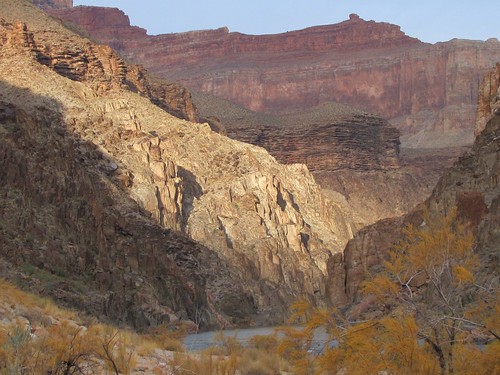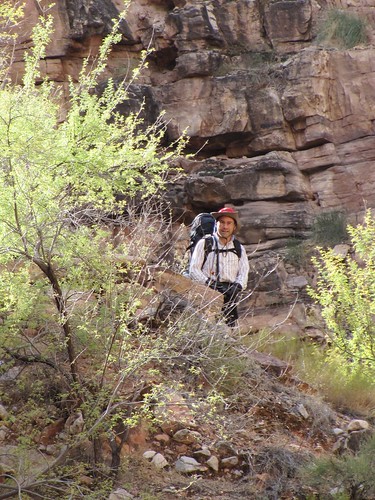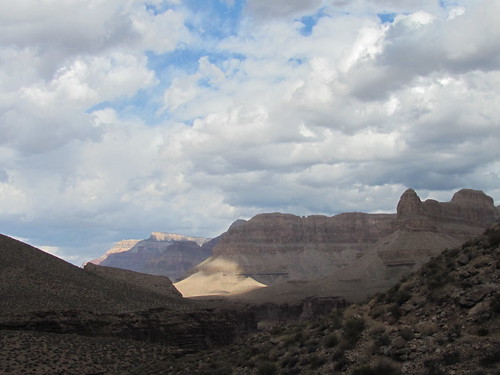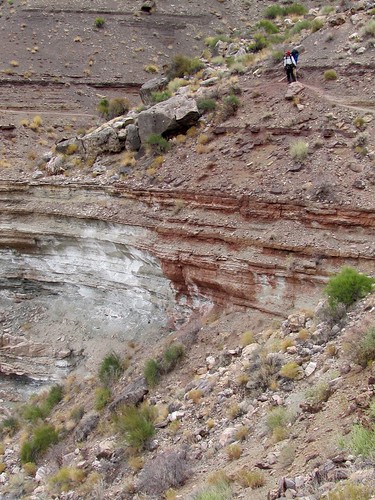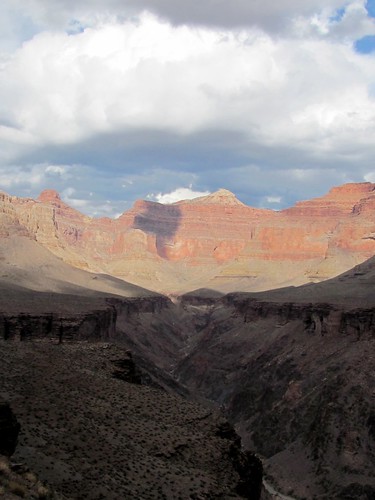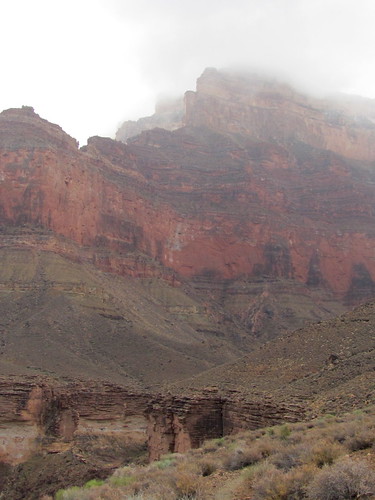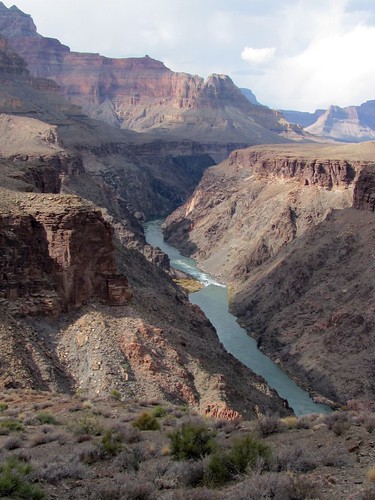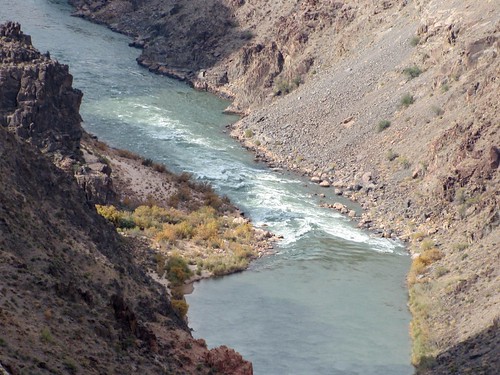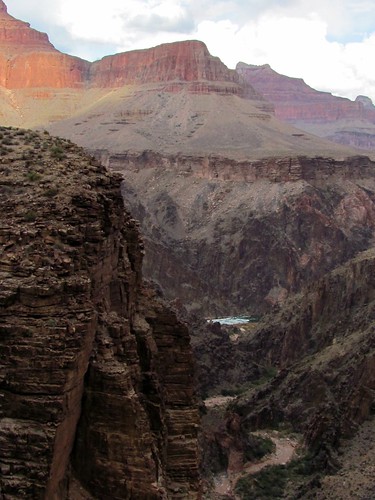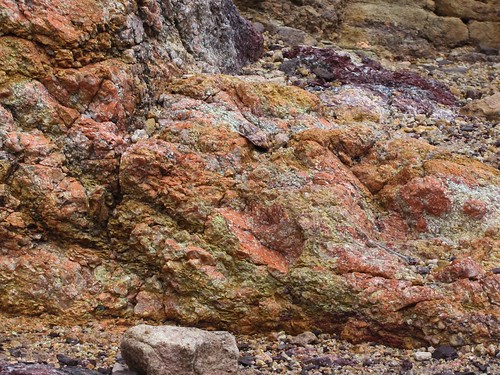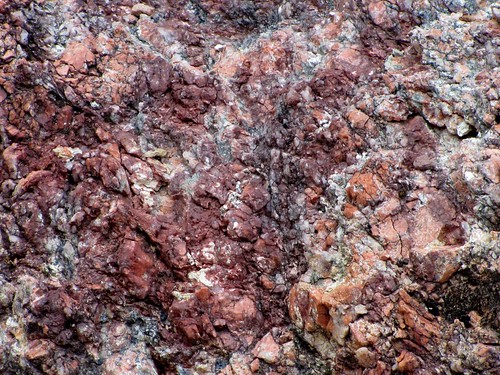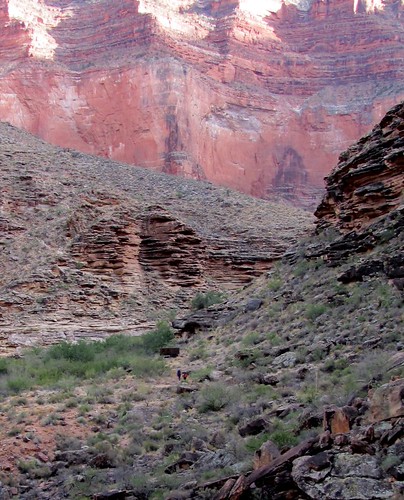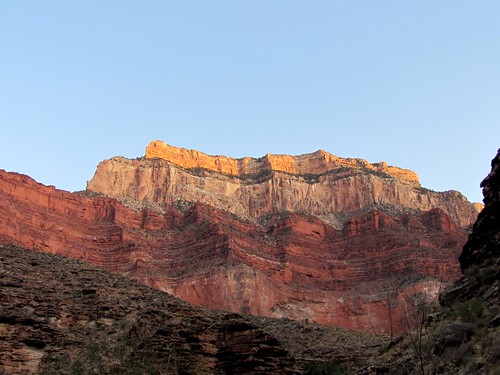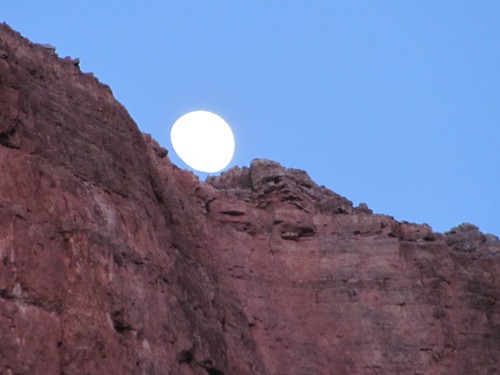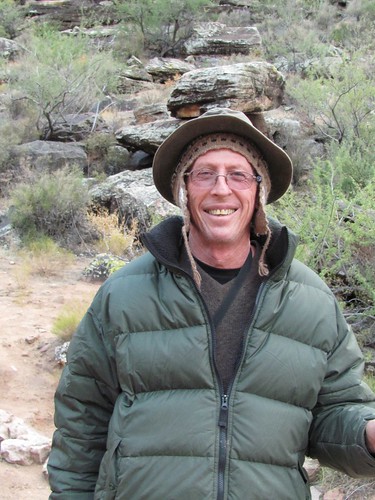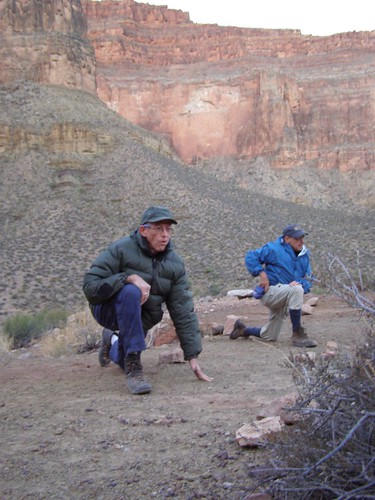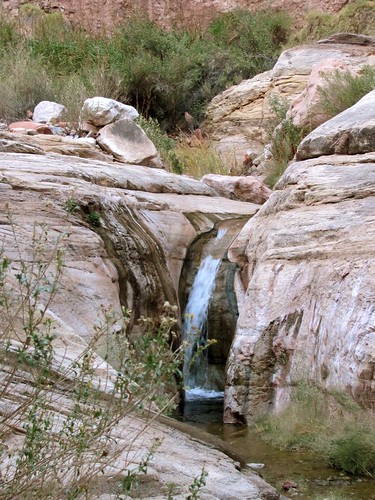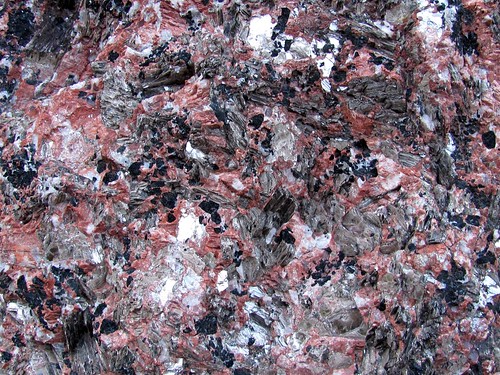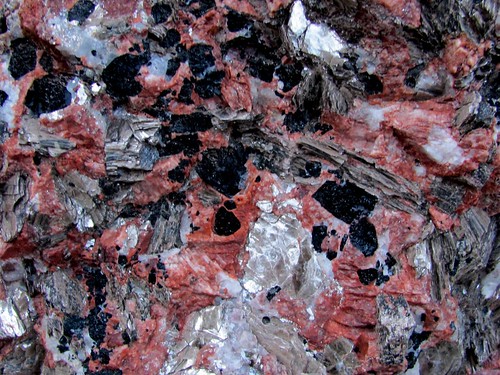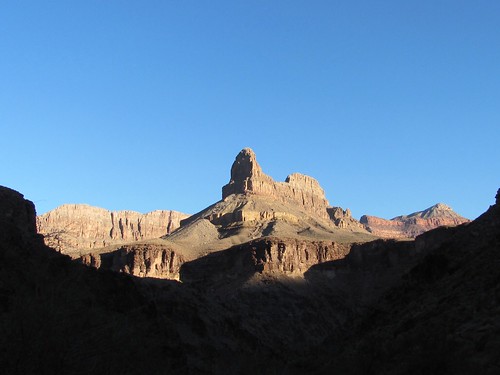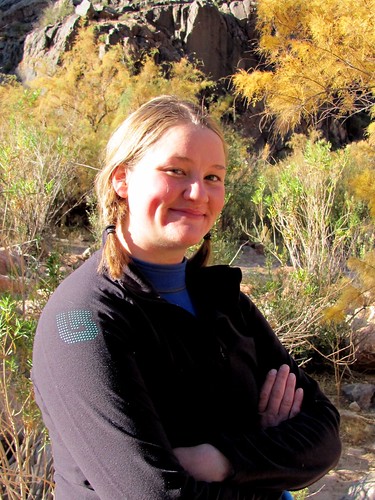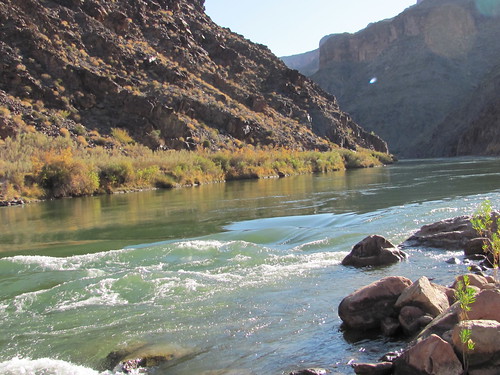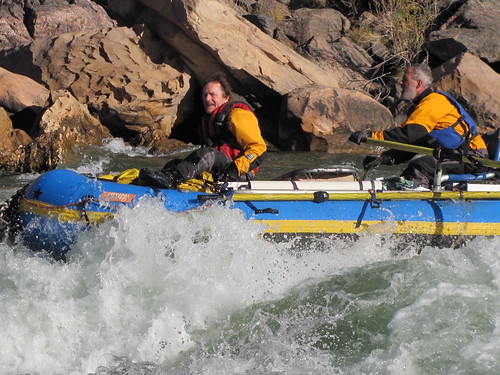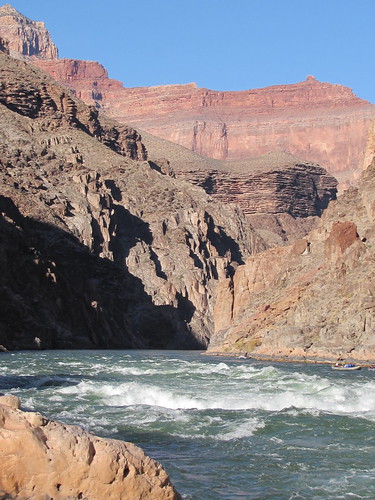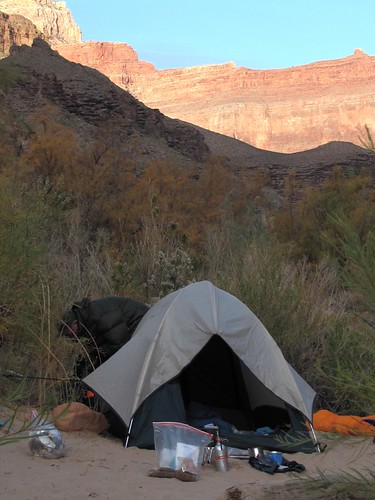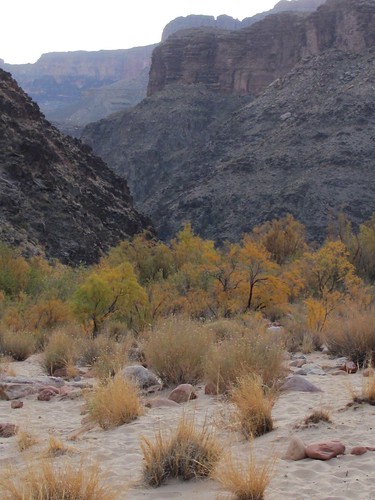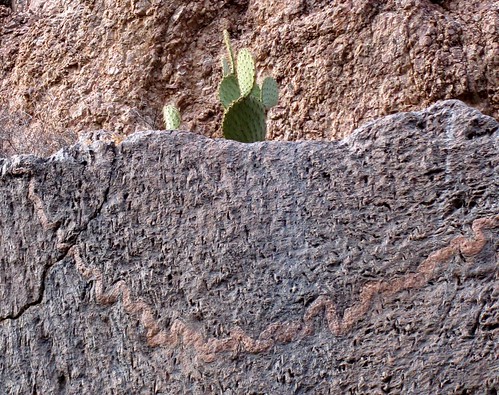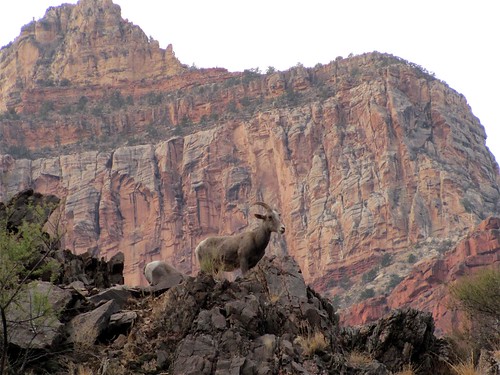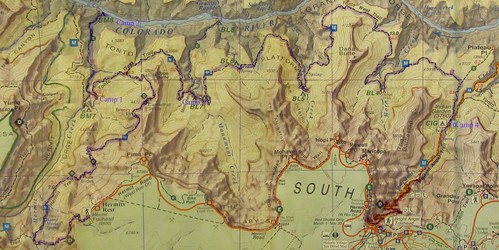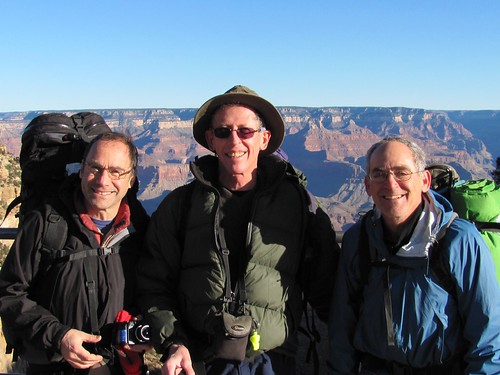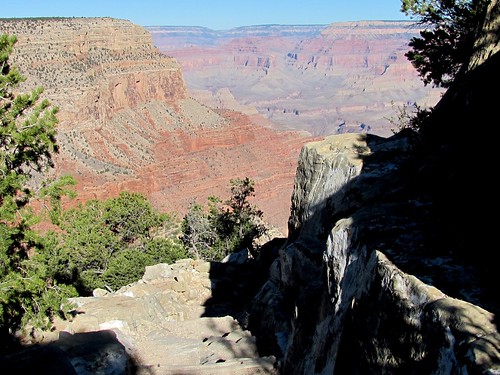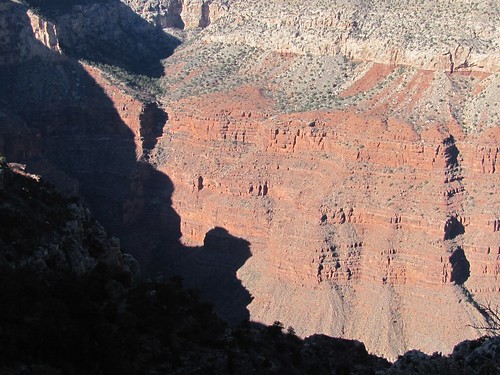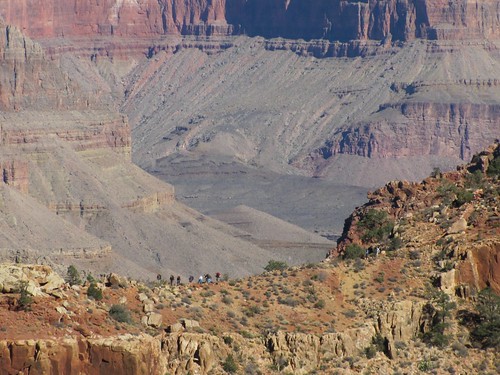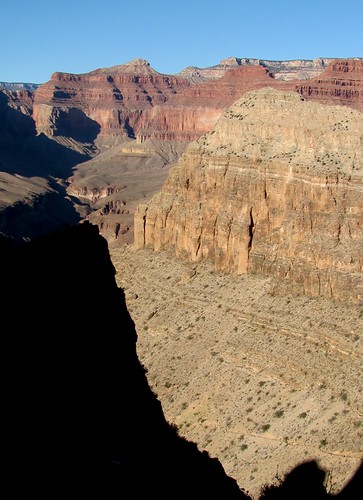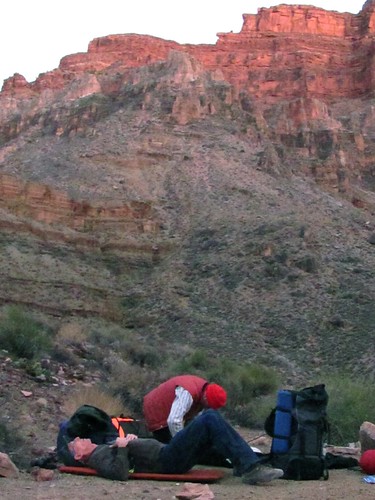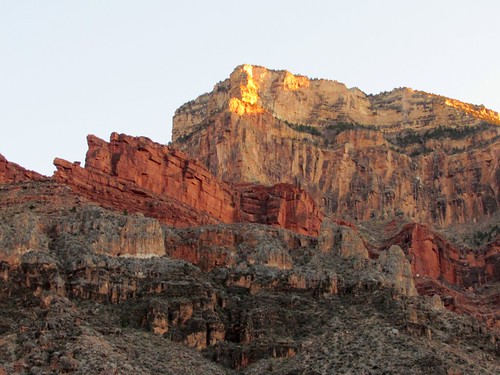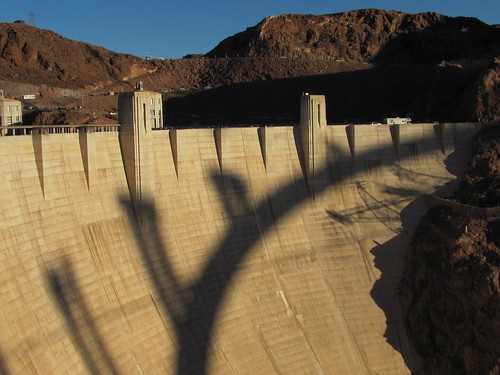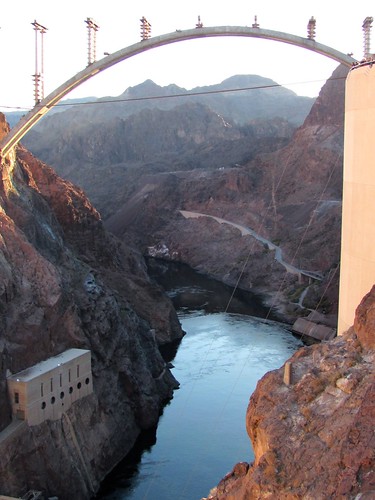Letter to the Chancellor
Wednesday, December 23rd, 2009Dear Chancellor Reed:
At the advice of your office, I am submitting some input on the search for the successor of Warren Baker as President of Cal Poly University San Luis Obispo.
I have taught here since 1988 and am recipient of the University’s Distinguished Teaching Award, the College of Liberal Arts Outstanding Scholarship Award and the CSU Systemwide Quality Improvement Award.
During his tenure President Baker has led Cal Poly to become one of the country’s preeminent Polytechnic Universities. I believe the primary mandate of his successor should be to transform Cal Poly into one of the country’s leaders in Education for Sustainability”the long-term approach to integrated solutions of economic, social and environmental problems.
It is crucial that the Trustees Committee for the Selection of the President incorporate terms in the job description and advertisement that call for successful experience in leading such institutional transformation and that they make promise in advancing sustainability an important criterion for final selection.
Doing so would serve the interests of Cal Poly’s students, who seek employment in emerging fields, of the institution, which needs more cross-disciplinary collaboration in teaching and research, and of the larger community, whose health and welfare depend upon the next generations’ commitment to addressing these problems effectively. (see http://presidentsclimatecommitment.org/documents/Leading_Profound_Change_ExecSum_final7-28-09.pdf)
In support of this opinion, I refer you to the University Sustainability Learning Objectives recently adopted by Cal Poly’s Academic Senate and ratified by President Baker:
Cal Poly defines sustainability as the ability of the natural and social systems to survive and thrive together to meet current and future needs. In order to consider sustainability when making reasoned decisions, all graduating students should be able to:
¢ Define and apply sustainability principles within their academic programs
¢ Explain how natural, economic, and social systems interact to foster or prevent sustainability
¢ Analyze and explain local, national, and global sustainability using a multidisciplinary approach
¢ Consider sustainability principles while developing personal and professional values
It also bears mention that the “Top Ten Best College Presidents” selected by Time Magazine in November 2009 are all Sustainability Champions. (http://www.aashe.org/blog/top-ten-college-presidents-also-sustainability-champions)
In recent years Cal Poly faculty and students have collaboratively demonstrated initiative and talent in developing major sustainability projects in and out of class”e.g. the Solar Decathlon (http://www.solardecathlon.calpoly.edu/mainpage.html),
Focus the Nation (http://focusthenationslo.wordpress.com/about-focus-the-nation/), the Sustainable Agriculture Resource Consortium (http://www.sarc.calpoly.edu/), the Business of Green Media Conference (http://www.californiagreensolutions.com/cgi-bin/gt/tpl.h,content=2983) ”and Facilities Departments have moved forward in conserving money and resources, thereby teaching by example (http://www.afd.calpoly.edu/facilities/sustainability.asp). What is now urgently needed is creative, daring and seasoned leadership at the top to articulate the vision and summon the resources to strengthen this focus.





